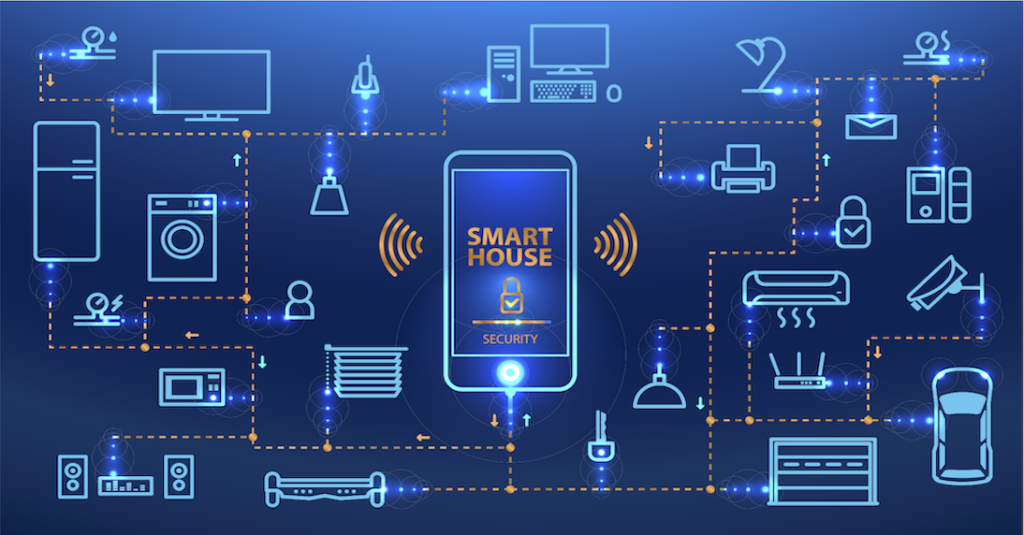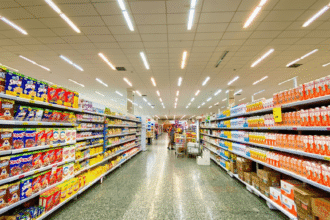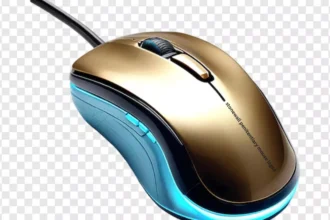In today’s increasingly connected world, businesses, governments, and organisations are actively exploring ways to improve operational efficiency, reduce costs, and enhance data-driven decision-making. One of the most transformative technologies enabling this shift is the Internet of Things (IoT). By integrating smart meter monitors and connected systems, IoT is reshaping how we collect, monitor, and analyse data especially in remote and real-time environments.
Whether it’s monitoring environmental conditions in rural areas, ensuring infrastructure health across cities, or tracking energy consumption in remote facilities, IoT is at the core of modern remote monitoring strategies. After just a few decades of digital innovation, we are now entering an era where real-time insights are not a luxury but an operational necessity.
The smart meter monitor enables real-time tracking of energy consumption and supports remote diagnostics, helping industries stay proactive rather than reactive. With such systems in place, anomalies can be detected instantly, enabling swift action before small issues escalate into costly failures.
Understanding IoT-Enabled Monitoring
At its essence, IoT-enabled monitoring combines sensors, connectivity, and cloud-based analytics to provide a seamless stream of data from physical environments. This allows organisations to gather real-time information from geographically dispersed assets often in areas that are difficult or costly to reach physically.
These systems are commonly used to:
- Detect equipment faults before they cause breakdowns
- Monitor temperature, humidity, and pressure in real-time
- Track usage patterns for maintenance and optimisation
- Enable alerts and remote diagnostics from a central location
The ability to “see” what’s happening from a distance be it on-site machinery or field assets brings both flexibility and resilience to operations.
Benefits of Real-Time and Remote Monitoring with IoT
1. Improved Operational Efficiency
Real-time monitoring empowers decision-makers with immediate data, enabling prompt action. Maintenance teams can be dispatched before faults become critical, and usage patterns can be optimised based on real-time feedback.
2. Cost Reduction and Resource Optimisation
By reducing the need for manual inspections and onsite visits, IoT solutions cut labour costs and reduce downtime. Energy and resource use can be monitored continuously, ensuring nothing is wasted.
3. Predictive Maintenance
Instead of following fixed service intervals, systems can alert users only when maintenance is actually needed. This approach extends the life of assets and reduces unnecessary part replacements or labour.
4. Enhanced Safety and Compliance
IoT solutions help monitor critical parameters that could pose safety risks or violate compliance standards. Automated alerts ensure teams can act fast in case of irregularities, supporting both workplace safety and regulatory adherence.
Key Components of an IoT Monitoring System
An effective IoT monitoring solution usually includes the following:
- Sensors and Devices: These collect real-world data such as temperature, humidity, pressure, vibration, or energy usage.
- Connectivity Layer: Wireless technologies such as cellular, or Wi-Fi transmit data from remote locations to the central system.
- Data Platforms and Dashboards: Cloud-based platforms process incoming data and present insights in real-time dashboards.
Overcoming Challenges in Remote IoT Monitoring
Although the benefits are extensive, implementing IoT-based monitoring systems comes with its share of challenges. These may include:
- Connectivity Gaps: Remote areas may lack stable network infrastructure, requiring hybrid connectivity solutions.
- Data Security: With the volume of sensitive data collected, securing transmission channels and cloud storage is crucial.
- Interoperability Issues: Integrating new IoT devices with existing systems can be complex without standardised protocols.
- Scalability: As operations grow, the system should be able to accommodate increasing data loads and new device types.
Strategic planning, reliable infrastructure, and a phased implementation approach are key to overcoming these hurdles effectively.
Role of Wireless Energy Meter Implementation
One compelling application of remote IoT monitoring lies in energy management. With Wireless Energy Meter Implementation, facilities gain accurate, real-time visibility into energy use without manual readings or physical visits. These meters transmit consumption data continuously, allowing businesses to spot inefficiencies, manage peak loads, and ensure energy compliance all from a remote dashboard.
Moreover, integrating this system with broader IoT networks opens the door to automated control of heating, cooling, or lighting systems based on usage patterns and environmental data. This creates not just energy savings, but also a more sustainable and responsive operational environment.
Final Thoughts
IoT is more than a buzzword, it’s a framework that enables informed, agile, and proactive decision-making. For remote and real-time monitoring, it provides a foundation for operational visibility, cost savings, and continuous improvement.
Whether you’re in utilities, manufacturing, environmental services, or logistics, the integration of IoT solutions offers a strategic advantage in today’s data-driven landscape. By investing in robust, secure, and scalable monitoring systems, organisations can position themselves for long-term resilience and sustainability.

















